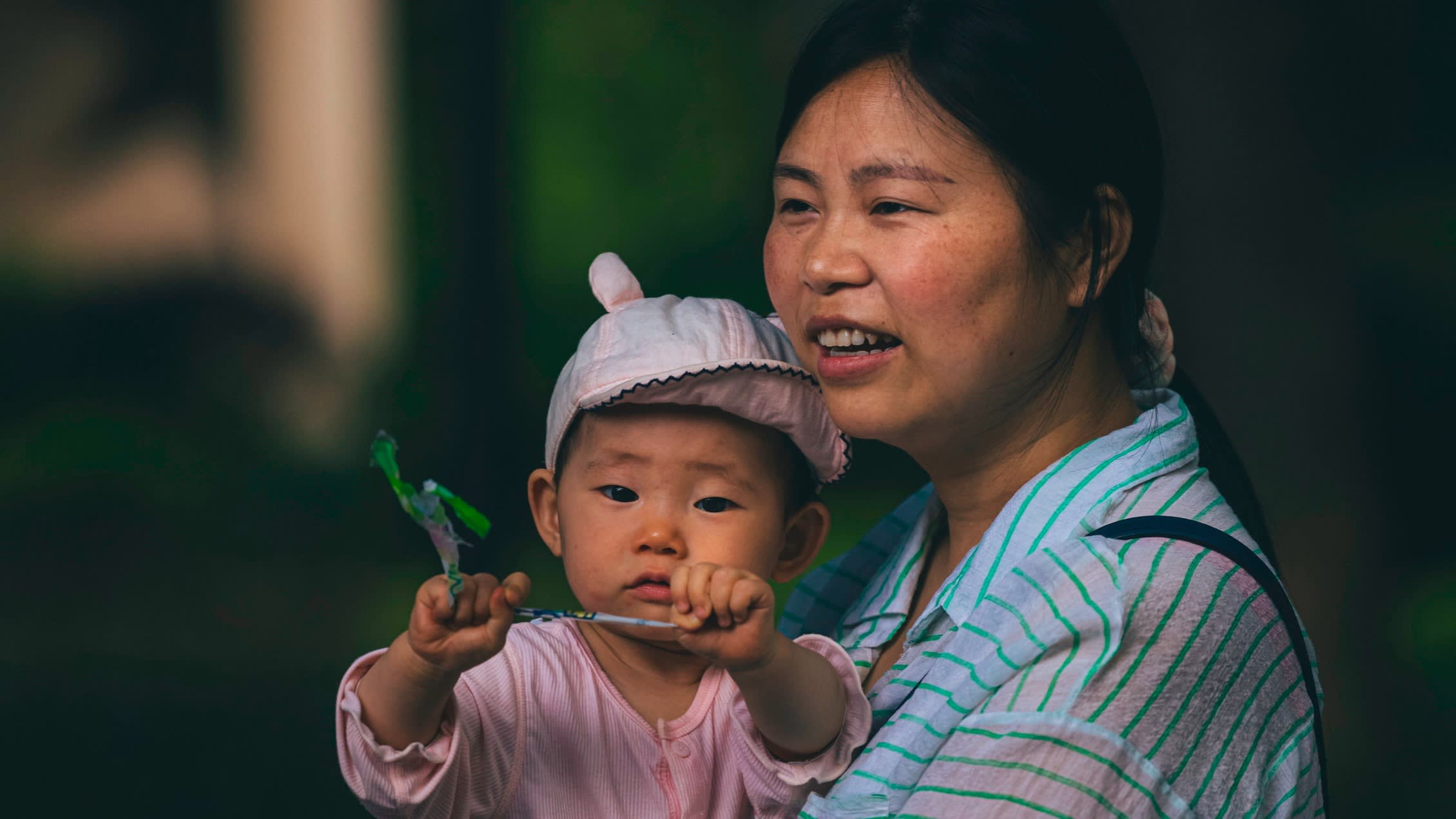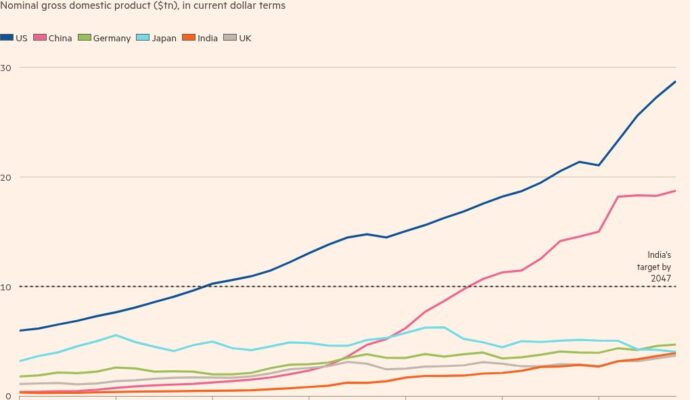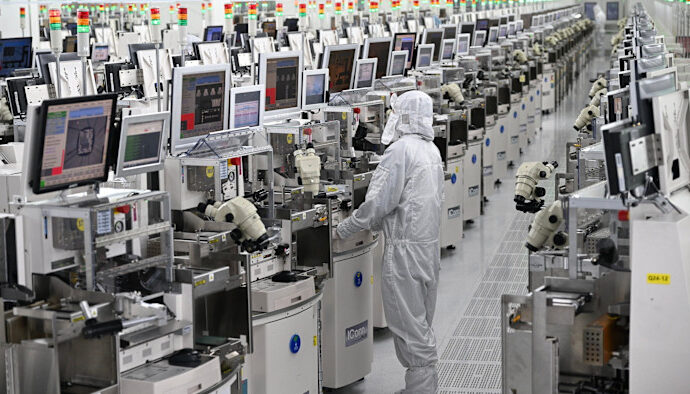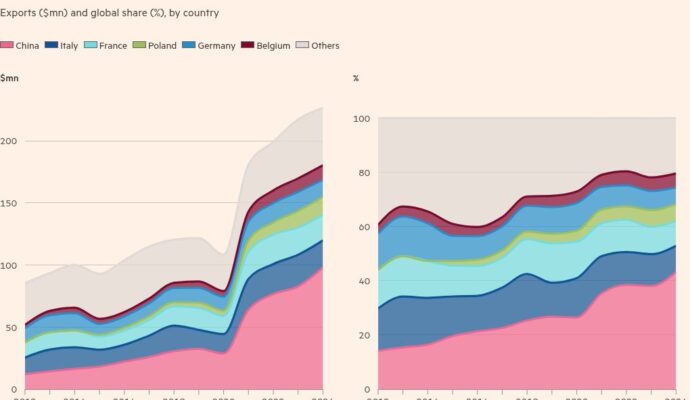
Unlock the Editor’s Digest for free
Roula Khalaf, Editor of the FT, selects her favourite stories in this weekly newsletter.
China has launched its first nationwide programme of childcare subsidies as it steps up efforts to boost birth rates and give more spending power to households with young children.
The government will give families Rmb3,600 ($503) a year for each child under the age of three, the state news agency Xinhua said on Monday. The subsidy will be applied from January 2025 but families with children born between 2022 and 2024 can also apply for partial handouts.
The policy is expected to benefit more than 20mn families each year, Xinhua reported, citing a spokesperson from China’s National Health Commission.
A health commission official said “the direct distribution of cash subsidies” could “help alleviate the financial burden of raising children” and “assuage the fertility anxieties of young couples”.
The measure, long discussed by academics and policymakers, is a response to China’s looming demographic crisis, fuelled by plunging fertility rates and a decline in marriages.
It is also an effort to boost weak consumer spending in the world’s second-largest economy, despite the country’s recent robust quarterly economic growth.
“The sums involved are too small to have a near-term impact on the birth rate or consumption,” said Zichun Huang, China economist at Capital Economics. “But the policy does mark a major milestone in terms of direct handouts to households and could lay the groundwork for more fiscal transfers in future.”
China has recorded three consecutive years of population decline despite the end of a decades-long one-child policy that restricted the size of families until 2016. The number of births rose by about 520,000 last year to 9.5mn, barely half of the peak of 17.9mn in 2017. There were 10.9mn deaths in 2024.
The subsidies also follow months of calls for the government to support household consumption. While China recorded real economic growth of 5.2 per cent in the second quarter, widespread falling prices meant nominal growth was much weaker at 3.9 per cent.
In a separate statement released by Xinhua, Zhu Kun, a researcher at the Chinese Academy of Fiscal Sciences, said the annual childcare payout was benchmarked against global standards, which typically range from 2.4 per cent to 7.2 per cent of a country’s per capita GDP.
Xinhua said each province would determine their own schedule for paying subsidies.
Additional reporting by Thomas Hale in Shanghai


